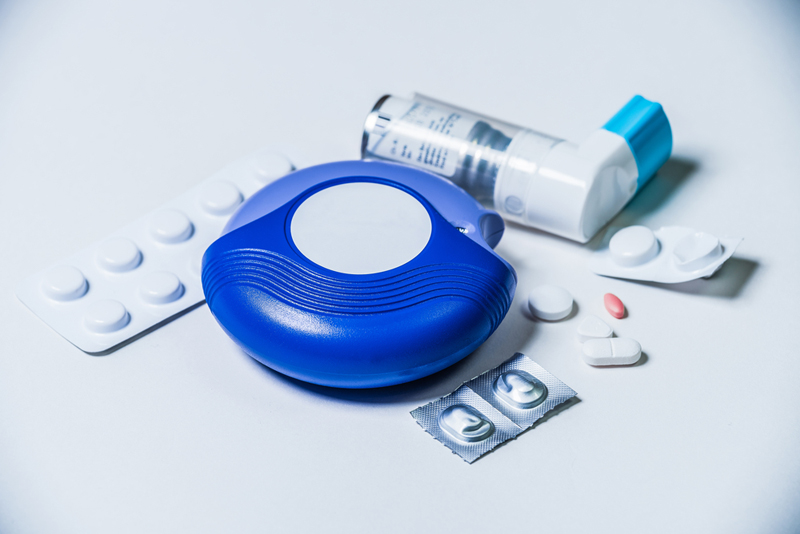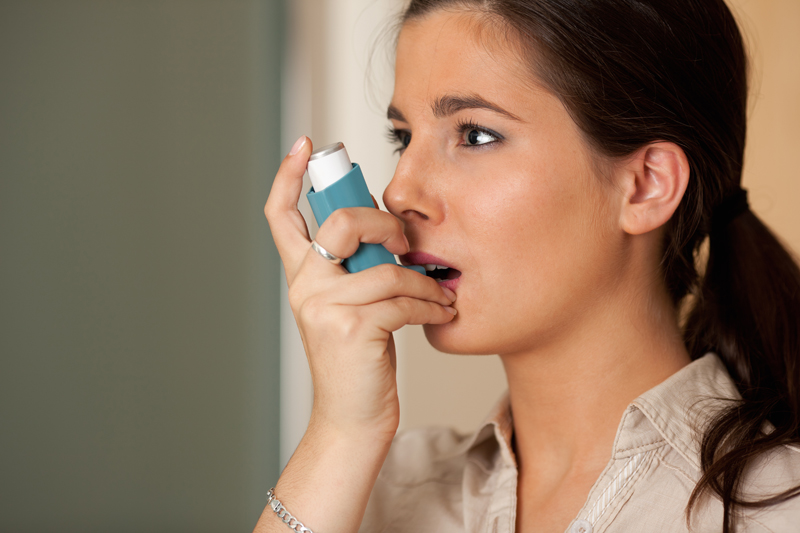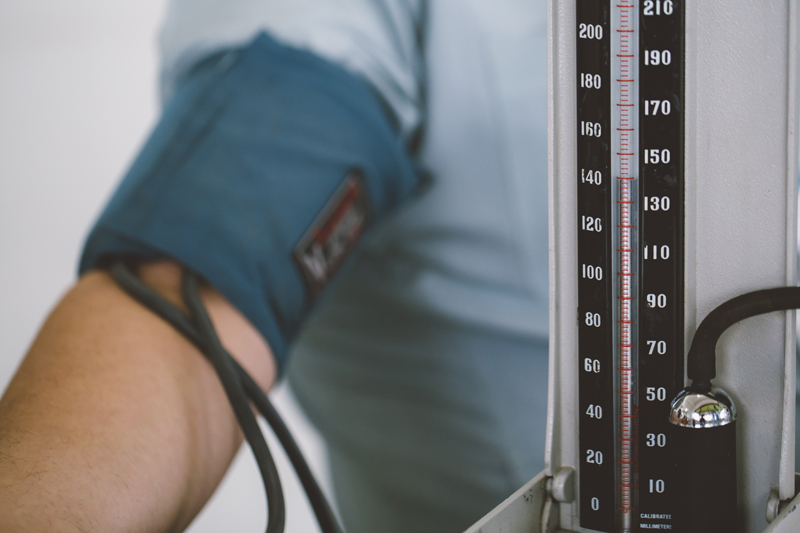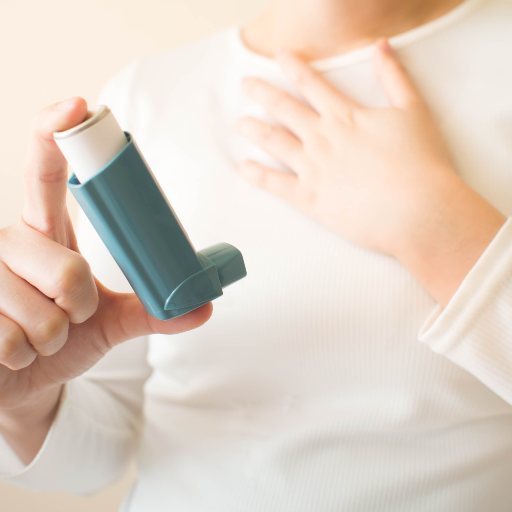Due to the pollution levels that have increased over the last few years, asthma has become a pretty common problem. It has become quite difficult to breathe and that only gets worse during the colder months, especially in the northern states of India and asthmatics should be especially careful during this season.

During an asthma attack, the muscles around the airways tighten up and reduces the inflow and outflow of air to the lungs, making breathing difficult. These conditions can become severe if you don’t act quickly during an asthma attack. Although most asthma attacks are brought on by a change in the environment or an infection, a large portion of these attacks also occur due to the lack of knowledge of the cause.
If you’re unsure and have been experiencing any of the symptoms mentioned below, you should immediately go in for a medical check-up –
- Coughing that won’t stop
- Very rapid breathing
- Chest tightness or pressure
- Tightened neck and chest muscles, called retractions
- Difficulty while speaking
- Feelings of anxiety or panic
- Pale, sweaty face
- Severe wheezing when breathing, both in and out

Since it differs from person to person, asthma can go unnoticed for long periods of time. But, there are certain factors, like dust, pollen and smoke, that can trigger an asthma attack, so try and avoid them at all costs. That being said, you, as a patient, a family member or friend of someone who has asthma, should know what these triggers are.
Certain medication is also easily available for asthmatics; the most common being the inhaler – something all asthmatics should always have on their person. For parents and partners of asthmatics, make sure that they don’t leave home without it!

The following conditions can be considered mild attacks. These are instances where the inhaler or other medication should work:-
- Slight wheezing but there’s no sign of distress
- Difficulty breathing, but the immediate use of the inhaler helps
- Mild coughing to clear the airways to get more air
- The patient does not become unconscious and is able to talk and walk comfortably
- Shortness of breath, but not badly enough to require urgent help
To use the MDI (Metered-Dose Inhaler) filled with the medication you need to shake the container i.e. the inhaler, for few seconds to mix the medication in the canister.
Using the Inhaler: –
- Before using the inhaler, push out as much air from your lungs as you can;
- Lift your chin and seal your lips around the inhaler chamber;
- Breathe in and press the inhaler simultaneously; do this slowly so the medication is deployed properly;
- Don’t forget to keep breathing in until you can’t take in more air; and
- Hold your breath for 10 seconds and repeat it at least one time if required. Allow at least 1 minute between uses.

A few general points to keep in mind during an asthma attack are:-
- Always follow the instructions as per your asthma plan prescribed by your doctor.
- Asthma is triggered due to changes in the surrounding conditions – smoke, pollen, humidity, dust etc. Moving away from that area can quickly help in dealing with the attack.
- Have a local number handy as per your action plan.
- Sit in a comfortable position while waiting for the emergency help to arrive. Try to keep your body upright to allow proper lung expansion and ease breathing.
- Run a hot shower if possible; the steam can transform the bathroom into a recovery zone.
- Breathing exercises can help you stay calm and in control during an attack. The anxiety of an attack can increase breathing; this needs to be controlled. Panicking in such a situation will only worsen it.
- If all else fails and you have a problem speaking or moving, quickly ask someone near you to help you call emergency services.
These are a just a few basic things you should keep in mind if you or someone you know is an asthmatic.





 1800-270-7000
1800-270-7000








